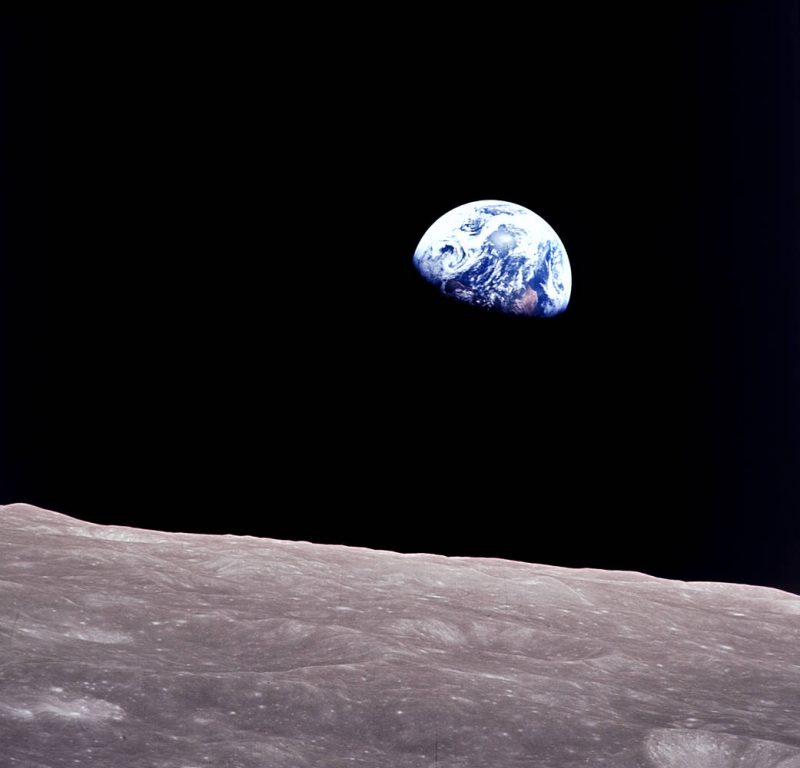
The 50th anniversary of the moon landing has brought back a lot of memories. I was a cadet at the Air Force Academy at the time, flying to Charleston AFB, SC to spend a couple of weeks at a “real” Air Force base to see exactly what I was getting into upon graduation. The flight crew put the radio feed on the intercom so we could all listen to the landing. Then I watched Neil Armstrong’s first step that evening in the Officer’s Club.
It’s generally agreed that the main motivation for traveling to the moon was political. Yet there were practical benefits. In an article entitled “5 moon-landing innovations that changed life on Earth,” Jean Creighton, a NASA airborne astronomy ambassador and director of the University of Wisconsin-Milwaukee Manfred Olson Planetarium, discusses five technologies that can trace their origins to the race to the moon (https://earthsky.org/space/moon-landing-innovations-that-changed-life-on-earth?).
Rockets — The building block of space travel. Without the perfection of rocket technology, there would be no satellites, astronauts, or spacecraft exploring the universe.
Satellites — Large rockets enable us to launch satellites. Today there are at least 2000 working satellites, doing jobs like linking communications, providing navigation (GPS), and supplying weather information.
Miniaturization — We’re back to that old adage “size (and weight) matters.” Even with large rockets, space launches are very expensive. Hence the space industry was incentivized to find smaller and lighter versions of almost everything. This is especially critical for manned missions, which are much more complicated than unmanned launches.
Global network of ground stations — It does no good to launch a spacecraft if you can’t contact it. An important breakthrough was the construction of a global network of ground stations, called the Deep Space Network, so controllers could communicate with missions, even those in highly elliptical Earth orbits or beyond.
Looking back at Earth — This is both literal and figurative. Seeing our own planet from the perspective of space has given us an appreciation for how fragile life is. Plus this ability to study our own planet from afar has enabled us to perform tasks like monitor crop health, identify algae blooms, find potential oil deposits, and manage forests.
My personal reaction to the moon landing was “I can’t wait to see what happens next.” In some ways, follow-up has been slow. But at least we now have more tools to decide where we go from here. And I still can’t wait.
